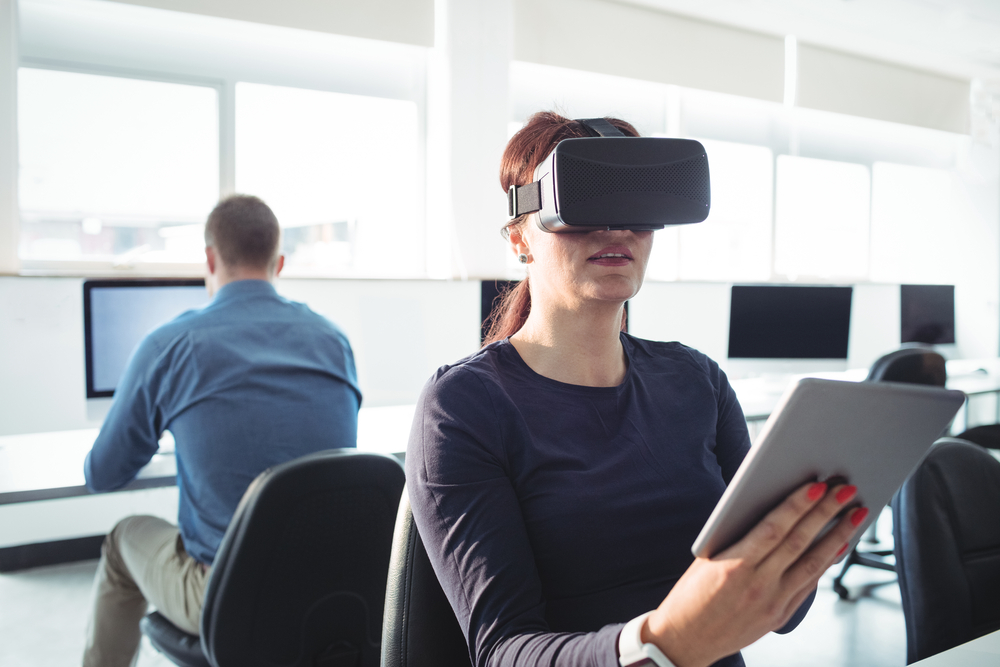‘All hail the kale’ was a big craze on the health food scene a year or so ago. Incidentally, that was the first thing that I thought of when I saw all the VR and AR banners at the Learning Technologies show a few weeks back.
Virtual Reality seems to have finally arrived and as learning designers we’re tempted to buy into its promise of effortless learner engagement and, let’s be honest, an opportunity to play around with the gadgets ourselves!
I don’t want to be one of those people to go against the grain, but frankly kale tastes like grass (and that’s only if it’s cooked well). I’m not a natural sceptic and I love technology. I got my hands on a headset the other day and I have to admit that virtual, and even more so augmented and mixed reality, is a fantastic way to bring immersive, hands-on learning to professions we have been having a hard time converting to digital learning. Medical students, firefighters and all sorts of technicians being some of these.
But some time ago MOOCs were the shiny new toy (“all the world’s knowledge at your fingertips!”), then gamification was the king, before many gave up on that. Now VR and AR has been handed the torch.
‘Gamification is dead’ said another slogan at LT. Some time ago gamification seemed to be the answer. After all, people like games and many can’t say no to a good challenge, but badges and leaderboards got old fast (by the way, that’s not real gamification, if you want to know how to do gamification right, click here for a copy of our LT17 seminar on the topic).
All of these technologies have something in common, and that’s not just having held the top billing in ‘what’s hot?’ lists. It’s the ever-present competition for learner’s attention and the elusive promise of real, quantifiable behavioural change. We had mobile to get them learning on the go. We introduced microlearning because nobody’s got 20 minutes spare. And now, for the very first time, VR could hand us technology not available to the learners in their everyday lives and, fingers crossed, they would come to us all wide-eyed and ready to learn.
All of this may yet happen, but it’s important not to get lulled by the inherent appeal of new technologies. After all, they are all underpinned by the universal pursuit of learner engagement. And for that you need to get your Rs in a row: reflection, retention, recall. You need to personalise learning and make sure you give your learners the autonomy they need to connect with the content. You need to structure the learning so that it gives the opportunity to feel competence and connect the content to existing knowledge. As tempting as it may be to just let the learners play around with content, learning recall practice needs to be woven into virtual learning as much as it is in current elearning. And the more hands-on and experiential the learning gets, the more important reflection becomes. These all require expert crafting, and no amount of novel media modalities can hide their absence.
There’s no point chasing the latest new learning trends unless you’ve got your fundamentals right. At the heart of it all lies true learner engagement, fueling the intrinsic motivation that leads to real learning, and real behavioural change.
Learning done right may be an old concept and will not be gracing the ‘hot’ lists anytime soon. Nonetheless, it will never go out of style or lose importance, whatever the medium.




